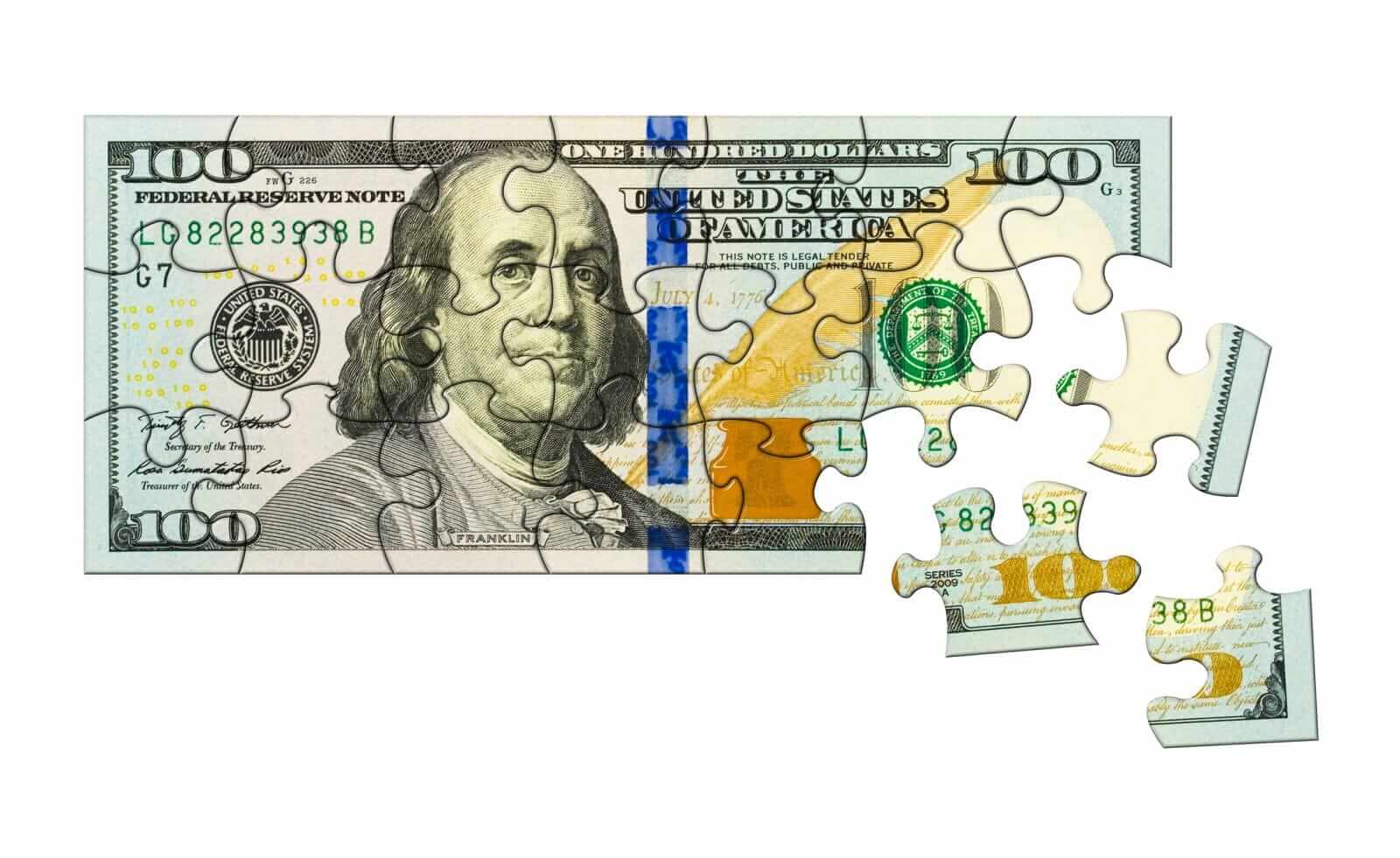
The dollar index (DXY00) Thursday fell sharply by -1.64% and posted a 6-month low. The dollar plummeted Thursday because of concerns that President Trump’s sweeping new reciprocal tariffs will start a trade war that will derail the economy and force the Fed to cut interest rates. Also, Thursday’s plunge in the 10-year T-note yield to a 5-1/2 month low of 3.997% weakened the dollar’s interest rate differentials. In addition, the dollar may face a confidence crisis if President Trump’s tariffs prompt investors to dump US assets. The dollar extended its losses Thursday after the US Mar ISM services index fell more than expected to a 9-month low.
The dollar recovered from its worst levels Thursday after Fed Vice Chair Jefferson and Fed Governor Cook said the Fed should be in no hurry to adjust monetary policy and should hold interest rates steady for now.
US weekly initial unemployment claims unexpectedly fell -6,000 to a 7-week low of 219,000, showing a stronger labor market than expectations of an increase to 225,000. However, continuing claims rose +56,000 to a 3-1/3 year high of 1.903 million, above expectations of 1.870 million, showing it has become more difficult for out-of-work people to reenter the workforce.
The US Feb trade deficit eased to -$122.7 billion from -$130.7 billion in Jan, narrower than expectations of -$123.5 billion.
The US Mar ISM services index fell -2.7 to a 9-month low of 50.8, weaker than expectations of 52.9.
Fed Vice Chair Jefferson said, “There is no need to be in a hurry to make further policy rate adjustments,” as Fed officials wait for more information on how US trade policies will affect the economy.
Fed Governor Cook said the Fed should hold interest rates steady for now as she sees slower economic growth this year and stalled progress on lowering inflation amid tariffs and other policy changes.
The markets are looking ahead to Friday’s unemployment report. March payrolls are expected to increase by +138,000, and the March unemployment rate is expected to be unchanged at 4.1%. Also, March average hourly earnings are expected to be +0.3% m/m and +4.0% y/y, unchanged from February. Also on Friday, Fed Chair Powell is scheduled to speak to the Society for Advancing Business Editing and Writing Conference on the economic outlook.
The markets are discounting the chances at 28% for a -25 bp rate cut after the May 6-7 FOMC meeting.
EUR/USD (^EURUSD) Thursday rose sharply by +1.64% and posted a 6-month high. Thursday’s plunge in the dollar boosted the euro. The euro also garnered support from Thursday’s economic news that showed an upward revision to the Eurozone Mar S&P composite PMI to a 7-month high and the increase in Eurozone Feb producer prices to their highest in almost 2 years, hawkish factors for ECB policy.
The Eurozone Mar S&P composite PMI was revised upward by +0.5 to a 7-month high of 50.9 from the previously reported 50.4.
The Eurozone Feb PPI rose +3.0% y/y, right on expectations and the fastest pace of increase in almost 2 years.
The account of the ECB’s March 6 meeting stated that policymakers are considering both a rate cut and a pause possible for their April meeting, depending on incoming data.
Swaps are discounting the chances at 69% for a -25 bp rate cut by the ECB at the April 17 policy meeting.
USD/JPY (^USDJPY) Thursday fell sharply by -1.94%. The yen soared to a 6-month high against the dollar Thursday after President Trump’s new reciprocal tariffs hammered global equity markets and fueled safe-haven demand for the yen. Also, Thursday’s upward revision to the Japan Mar Jibun Bank Mar services PMI supports the yen. In addition, Thursday’s plunge in T-note yields was bullish for the yen after the 10-year T-note yield sank to a 5-1/2 month low.
The Japan Mar Jibun Bank Mar services PMI was revised upward by +0.5 to 50.0 from the previously reported 49.5.
June gold (GCM25) Thursday closed down -44.50 (-1.41%), and May silver (SIK25) closed down -2.680 (-7.73%). Precious metals plunged on Thursday, with gold falling to a 1-week low and silver dropping to a 1-month low. President Trump’s new reciprocal tariffs hammered stock and commodity markets Thursday, prompting investors to liquidate their profitable long gold and silver positions to raise cash to offset losses in other markets. Also, falling inflation expectations are bearish for gold as they curb demand for gold as an inflation hedge after the US 10-year breakeven inflation rate fell to a 3-week low Thursday. Silver prices also sank on Thursday due to concern that US tariffs will spark a global trade war that will derail the economy and demand for industrial metals.
Thursday’s plunge in the dollar to a 6-month low is bullish for precious metals. Also, trade war concerns continue to fuel safe-haven demand for precious metals after President Trump widened the scope of his tariffs. In addition, geopolitical risks in the Middle East are boosting safe-haven demand for precious metals as Israel continues airstrikes across Gaza, ending a two-month ceasefire with Hamas, and as the US continues to launch strikes on Yemen’s Houthi rebels. Finally, Thursday’s selloff in global equity markets boosted some safe-haven demand for precious metals.







